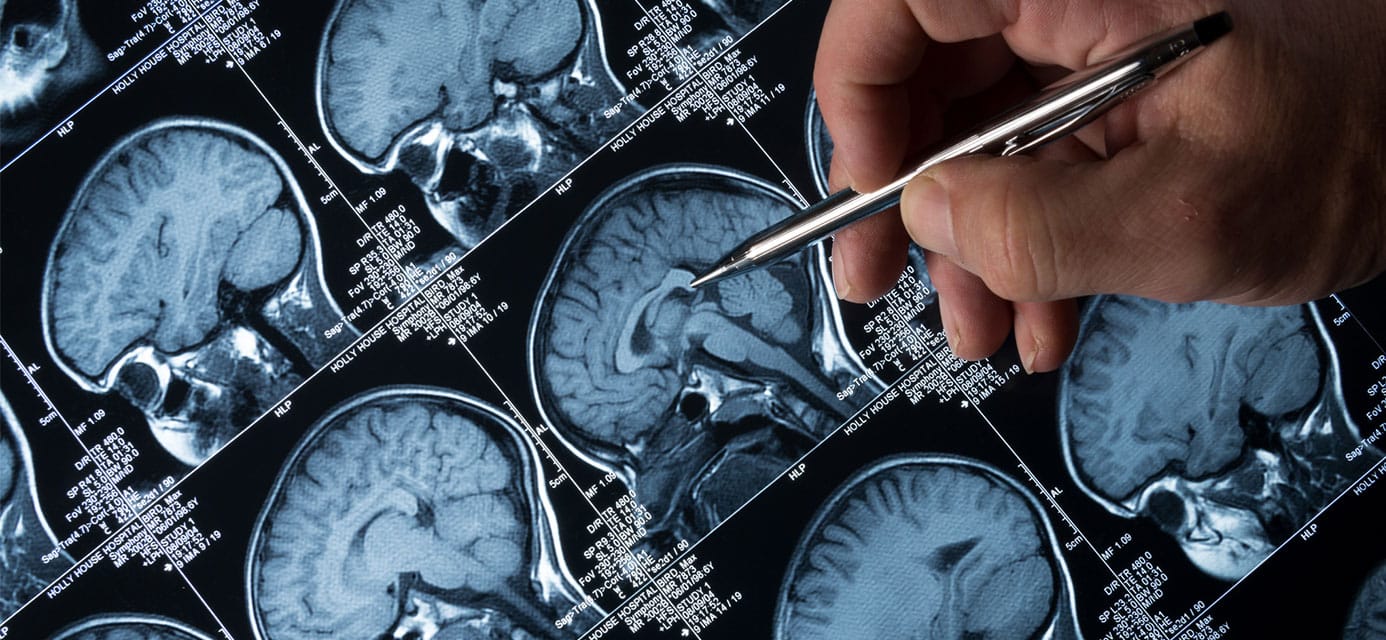ClaireH
Diamond Member
Please refer to the bolded text above:Yea... I was just trying to get a straight answer from you.
A consistent answer will do.
Well how virtuous of you.
That hasn't been scientifically determined. What we both agree on and what science agrees on is that the prefrontal cortex is the last part of the brain to develop, that this happens usually around the age of 25 and that the prefrontal cortex is responsible for decision making. That's it. Whether or not full prefrontal cortex development is necessary before people are deemed capable of making their own decisions is not something you've proven there is scientific consensus on.
I didn't ask you any questions about the law. I asked about your personal opinion. If you don't think people should drink or join the military until 25 fair enough, that would at least be some consistency. I certainly don't agree but it is consistent.
The other questions were about trying people under the age of 25 as adults, marriage and pregnancy.
1. Yes it has been scientifically determined.
“The brain develops in a back-to-front pattern. Hence, prefrontal cortex development is the last part of the brain maturation process. As a result, teen brain development is not yet complete.
“Lack of frontal lobe maturity catalyzes a variety of teen behaviors. That’s because the prefrontal cortex is involved with a wide range of functions, known as executive functions. These include the following:
- Complex decision-making
- Planning skills
- Impulse control
- Emotional reactions
- Focusing attention
- Prioritizing competing information received all at once
- The ability to ignore external distractions.”

Teen Brain Development | Newport Academy
Even when a teen’s physical growth appears complete, teen brain development is still under construction.
There are multiple studies proving the above. One trauma study warns about kids who are abused mentally or physically while growing up in such a household will have a delayed ability to process information due to the trauma. Abuse survivors lag behind the averages in brain development and any adolescent who’s been subjected to long-term abuse processes long-term decisions with greater difficulty.

Four Stages of Brain Development - Psychotherapy Academy
The brain develops in a certain sequence: survival brain, emotion brain, cognitive brain, attachment brain. Chronic trauma overdevelops the first.
2. I have given you my personal views and reiterated these personal views. I’m sorry if mentioning any type of legal aspect confused you. Even within the paragraph about laws I inserted my personal opinion.
3. Trying juveniles as adults who commit violent, often premeditated murder. When a juvenile is a danger to society they have placed themselves in a high-risk category. A person who kills for pleasure, revenge, or for financial gain will most likely go out and do it again without consequences. Violent offenders must be dealt with to at least attempt to narrow down future victims. Because a person is 17 instead of 18 and commits such an atrocity, such as taking a human life and not in self-defense, but out of anger or just to see if they can get away with it, should not walk free. Of course defense attorneys attempt to reduce the charges and penalties for their clients, but as a member of a jury I would not concern myself with the perpetrator of a violent crime being 17 or 18, because of the high risk factor of being a repeat offender. US prisons are full of repeat violent offenders, most don’t have long enough sentences and get out early.




